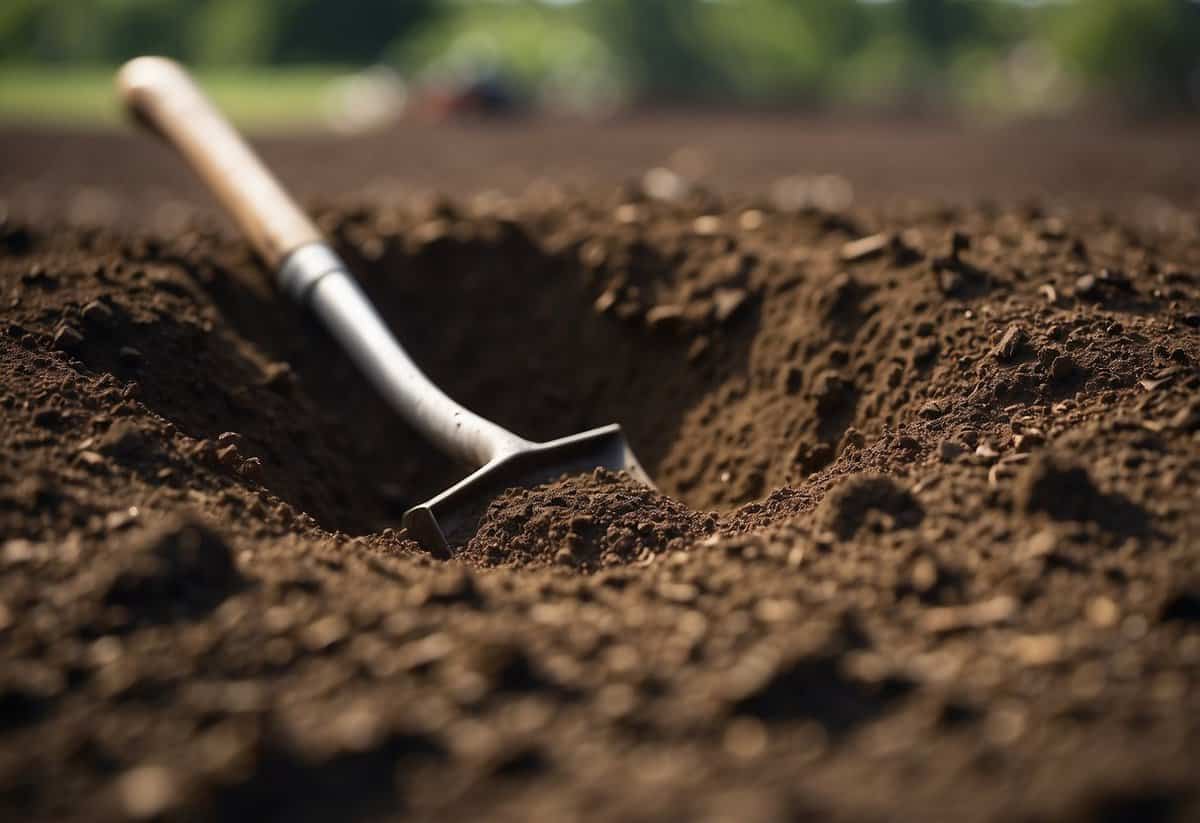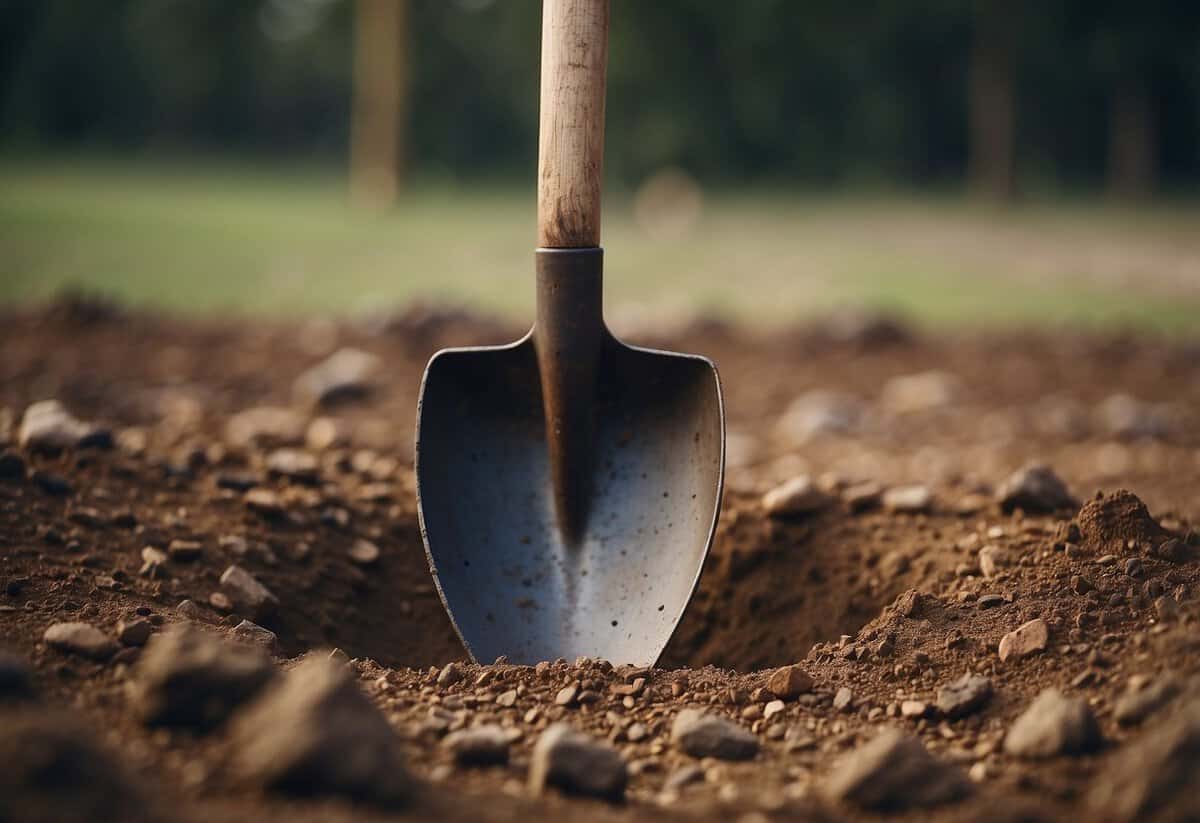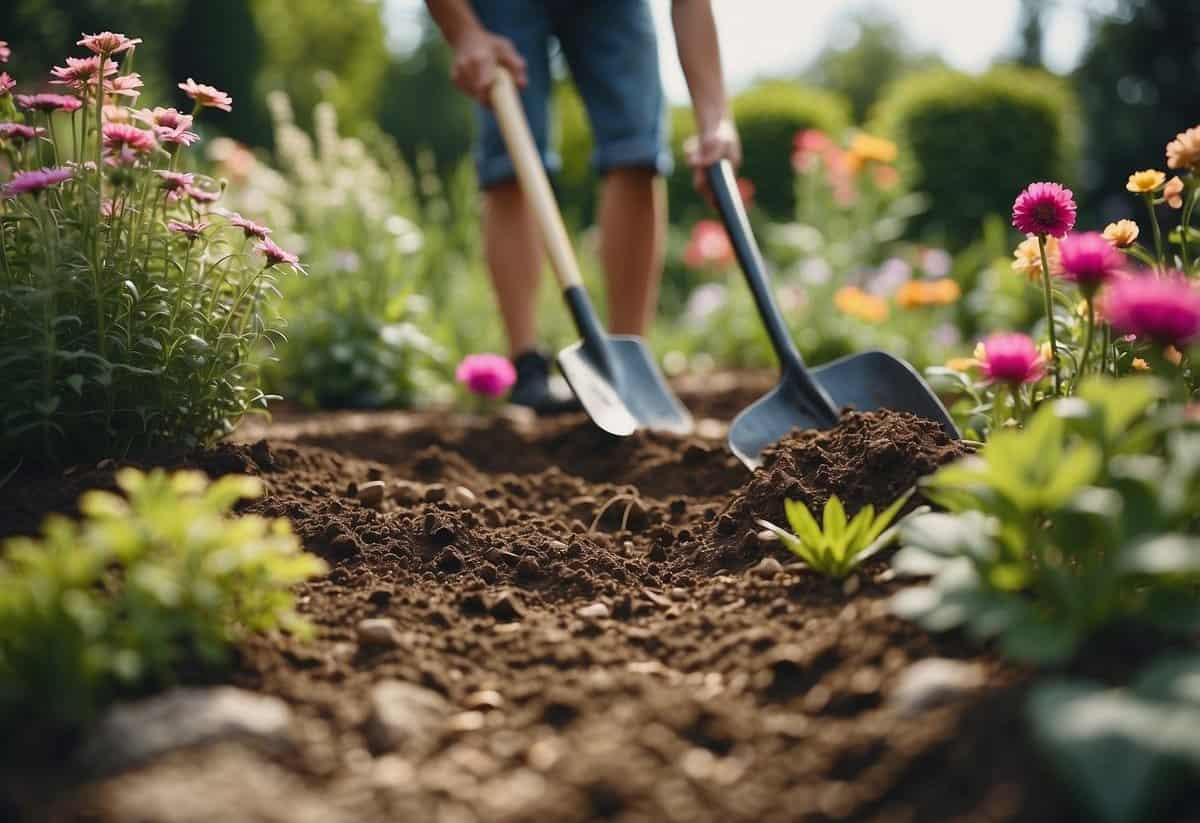Is Digging Holes Good Exercise? Fun Ways to Stay Fit
Digging holes in your garden might seem like just another chore, but it can actually be a great form of exercise. This activity works multiple muscle groups, including your legs, arms, shoulders, and core. Whether you’re planting new flowers or setting up a compost pile, you’re getting a solid workout without even realizing it.

Moreover, digging can burn a significant number of calories. Depending on the intensity, you can burn between 250 to 350 calories in just half an hour. It’s also recognized as a moderate exercise by the American Heart Association, equivalent to activities like raking or mowing the lawn.
Gardening combines both physical and mental benefits. Not only does it improve your strength and endurance, but it also boosts your mood and reduces stress. So, the next time you head out with your shovel, remember you’re not just tending to your garden, you’re investing in your health.
Benefits of Digging as Exercise

Digging is a powerful way to boost your cardiovascular health, build muscle strength, and improve flexibility and balance. By engaging in this activity, you can enjoy a full-body workout without hitting the gym.
Cardiovascular Health
Digging involves continuous movement that can get your heart rate up. This activity is considered moderate exercise by the American Heart Association and can help improve your cardio endurance. You can burn a significant amount of calories while digging, similar to what you’d burn during a gym workout. This helps in maintaining a healthy weight and lowering the risk of heart disease. Activities like digging, raking, and mowing are particularly effective at burning calories. Engaging in this type of exercise regularly can also improve your body’s ability to utilize oxygen.
Muscle Strength and Toning
When you dig, you use various muscle groups, including your arms, shoulders, back, and legs. This makes it an excellent form of strength training. Each time you push the shovel into the ground or turn over the soil, you’re building muscle mass and improving your tone. This resistance exercise challenges your muscles, leading to increased strength and endurance. Your core muscles also get a workout as you stabilize your body while digging. Over time, this can help you develop muscle mass and a toned appearance while increasing your overall strength.
Flexibility and Balance
Digging requires a range of motion that can enhance your flexibility. You often have to bend, stretch, and twist, which helps keep your joints and muscles limber. These movements can also improve your balance as you shift your weight and maintain stability. Gardening activities, such as weeding and watering, further contribute to enhanced flexibility by encouraging varied movements. Improved balance reduces the risk of falls and injuries, especially as you get older. Regular digging can help you stay agile and maintain good posture, contributing to overall well-being.
By incorporating digging into your exercise routine, you can reap multiple health benefits while enjoying time outdoors.
Gardening Techniques and Physical Benefits

Gardening not only beautifies your surroundings but also provides a great workout. Different gardening activities such as digging, lifting, and weeding can strengthen various muscle groups and enhance your overall physical fitness.
Proper Digging and Shoveling Techniques
When digging and shoveling, it’s essential to protect your back and use your legs to lift. Bend at your knees, not your waist, to avoid strain. Keep your feet shoulder-width apart for balance. Use a shovel that suits your height and strength to reduce strain.
Switch sides regularly to avoid muscle fatigue. Digging in a raised bed can minimize back bending. The functional movements involved work your legs and core. Using knee pads can help protect your knees during prolonged tasks.
Lifting and Carrying Garden Materials
Lifting and carrying garden materials like bags of soil or mulch can be an effective strength workout. Always lift heavy items by bending your knees and keeping the load close to your body. Use your legs, not your back, to lift.
Employ tools like a wheelbarrow for heavy items to reduce strain. Balance the load to prevent tipping. Regularly switching hands when carrying can help work muscles evenly. Light weights or smaller loads are better for those new to gardening.
Weeding and Planting Strategies
Weeding and planting involve repetitive movements which can be a good exercise for your hands and arms. When pulling weeds, use a trowel to reduce strain on your fingers. Alternate hands to avoid overuse of one side.
Planting involves bending and kneeling. Use knee pads for comfort. Short breaks can prevent stiffness. Raised beds can reduce the need for bending. The actions of digging small holes, placing plants, and covering them with soil work various muscles throughout your body.
By following these techniques, you can maximize the benefits of gardening as an exercise while minimizing the risk of injury.
Integrating Digging into Your Workout Routine

Digging can be a great way to get a workout while working in the garden. Here’s how you can balance this activity with the rest of your fitness routine.
Creating a Balanced Gardening Workout
To create a balanced gardening workout, think of digging as an exercise that targets multiple muscle groups. Digging works your arms, back, and shoulders. It can also engage your legs, especially if the soil is hard.
You can start with 15-20 minutes of digging. Aim to keep your movements steady and purposeful. Remember to switch sides to avoid muscle imbalance. For example, alternate between your left and right sides every 5 minutes.
Adding other tasks like trimming, planting, and weeding can help create a full-body workout. If you want to boost your cardio, try increasing the speed of your digging or adding jogging intervals in between.
Here is an example workout plan:
- Warm-Up: 5 minutes of stretching.
- Digging: 15 minutes, alternating sides.
- Rest: 5 minutes.
- Other Gardening Activities: 15 minutes.
Incorporating Rest and Recovery
Rest and recovery are key to preventing injury and allowing your muscles to rebuild. After your gardening session, take time to cool down with some stretches.
Focus on your arms, back, and legs. Simple stretches like reaching for your toes, shoulder rolls, and arm circles can help. Remember to hold each stretch for at least 15-30 seconds.
For rest days, consider lighter activities such as walking or yoga. It’s essential to give your muscles time to recover to avoid overuse and fatigue.
If you feel sore, consider using heat or ice packs and staying hydrated. Listening to your body will help you stay injury-free and ready for your next workout.
Mental Health and Wellness in the Garden

Gardening is not only good for your physical health, but it also benefits your mental health and overall wellness. It combines fresh air, physical activity, and the therapeutic effects of being close to nature.
The Therapeutic Effects of Gardening
Getting your hands dirty in the garden can significantly improve your mood. Engaging with nature can decrease levels of depression and anxiety. The process of planting, weeding, and nurturing plants offers a calming effect and encourages a peaceful state of mind.
Gardening can also provide a sense of accomplishment. Watching plants grow and thrive due to your efforts can boost self-esteem. Additionally, the physical activity involved, such as digging and raking, mirrors the benefits of exercise, which is known to release endorphins that enhance your mood.
Breathing Exercises and Mindfulness
Spending time in the garden also allows you to incorporate breathing exercises and mindfulness into your routine. The rhythmic nature of gardening activities can help you focus on your breathing, which promotes relaxation and reduces stress.
Mindfulness practices, such as paying attention to the sound of rustling leaves or the sensation of soil between your fingers, can improve concentration and mental clarity. This can be especially beneficial for those coping with mental health challenges like depression or anxiety. Moreover, deep breathing and fresh air can boost your immune system and provide a natural way to unwind.
Health and Safety Tips for Garden Exercise

Gardening can be a wonderful way to stay fit and enjoy the outdoors, but it’s important to keep some key health and safety tips in mind. Pay attention to ergonomics to avoid injuries and be proactive about sun exposure and hydration.
Ergonomics and Safety Precautions
To stay safe while gardening, use ergonomic tools. These tools are designed to reduce strain on your body. Look for tools with padded handles and those that allow you to keep your wrists straight.
Lifting techniques are crucial. Bend at your knees, not your waist, to avoid back injuries. Use your leg muscles to lift when moving heavy items like bags of mulch or soil.
Avoid excessive twisting and bending by keeping your tools and materials close to you. This reduces strain on your back and shoulders. Instead of bending over for long periods, use a gardening stool or kneeling pad. This will help you stay more comfortable and prevent injuries from twisting or squatting.
Take regular breaks to stretch and hydrate. Frequent short breaks are better than fewer long ones. This helps prevent muscle fatigue and keeps you refreshed.
Managing Sun Exposure and Hydration
Protect yourself from the sun by wearing a wide-brimmed hat, sunglasses, and sunscreen with at least SPF 30. Aim to garden early in the morning or late in the afternoon when the sun is less intense.
Stay hydrated by drinking plenty of water before, during, and after you garden. This is especially important on hot days. Bring a water bottle with you and take sips every 15-20 minutes.
Wear light, long-sleeved clothing to protect your skin from the sun. Light colors reflect sunlight and keep you cooler. If possible, set up a shaded area with an umbrella or canopy to rest and cool down.
Be mindful of how you feel when you’re out in the sun. Symptoms like dizziness, headaches, or excessive sweating can be signs of heat exhaustion or dehydration. Take a break and move to a cooler area if you start feeling any of these symptoms.







